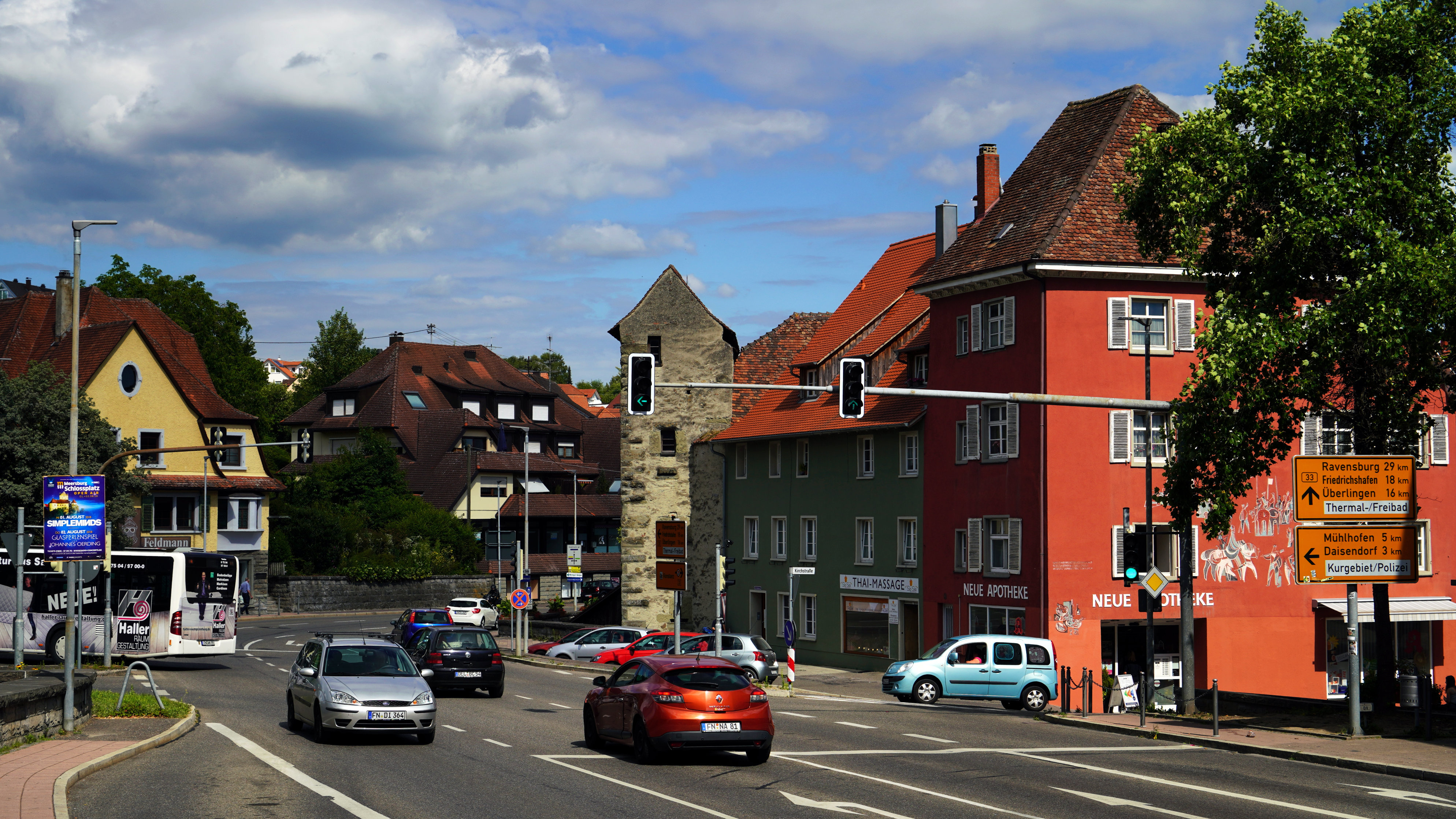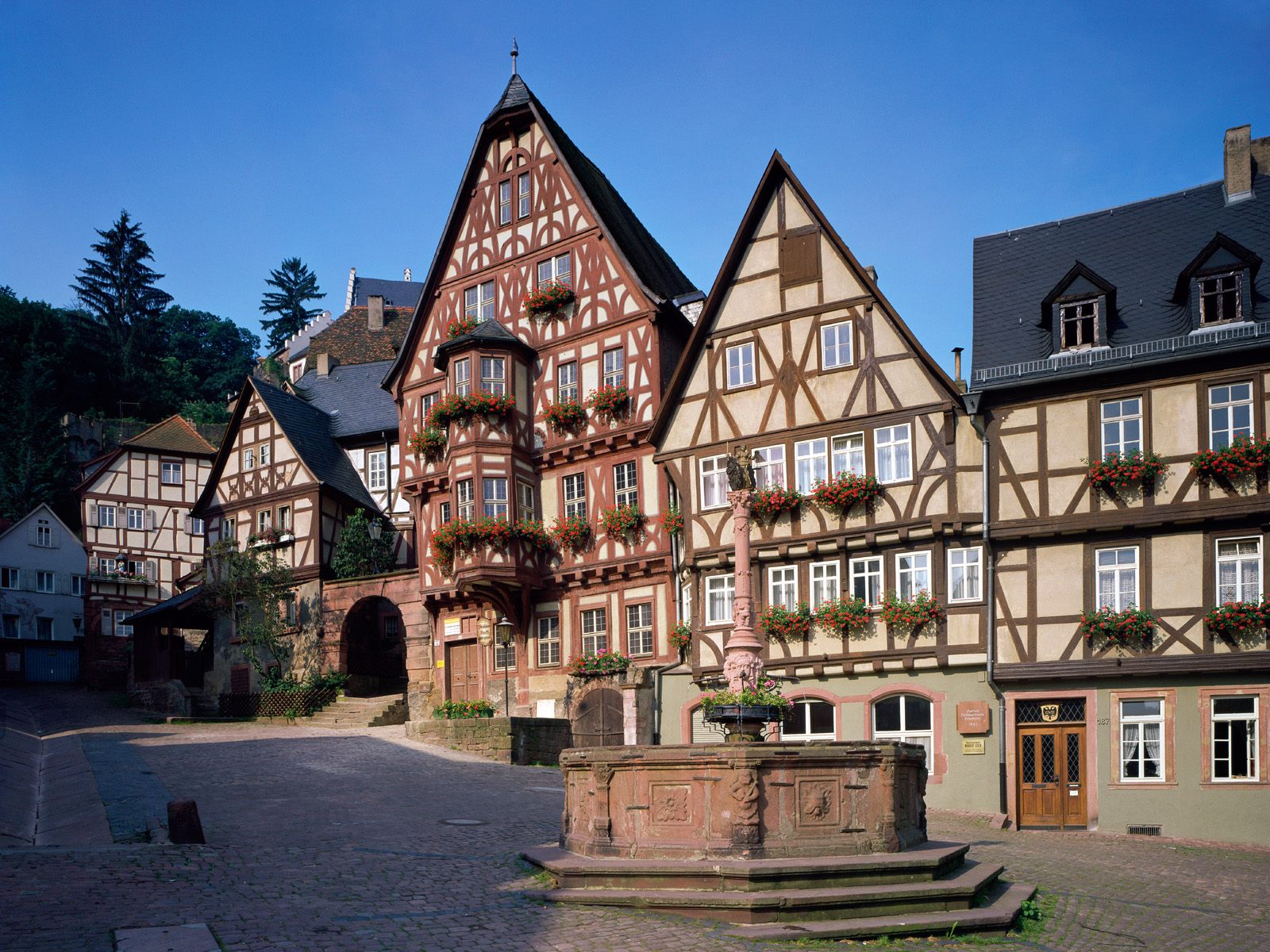Japan Travel
Japan’s Horse Racing Tracks: Equestrian Sports Attractions
Japan’s Horse Racing Tracks: Equestrian Sports Attractions
Horse racing in Japan is far more than a mere sporting event—it is a cultural phenomenon, a social ritual, and a testament to the nation’s deep appreciation for harmony, discipline, and beauty. While many countries host thoroughbred races, Japan offers a uniquely immersive experience where state-of-the-art facilities coexist with rich tradition, creating equestrian attractions that captivate both dedicated punters and casual visitors alike.
The history of organized horse racing in Japan dates back to the Meiji Restoration, a period of rapid modernization. The first official race meeting was held in 1862 in Yokohama, primarily for the foreign community. However, the sport’s popularity quickly spread, evolving from a Western import into a distinctly Japanese institution. The establishment of the Japan Racing Association (JRA) in 1954 streamlined the sport, professionalizing its operations and elevating its standards to rival those of racing’s international epicenters like Ascot, Churchill Downs, and Flemington.
What sets Japan’s racecourses apart is their architectural grandeur and their role as multifaceted leisure destinations. They are not simply tracks with grandstands; they are sprawling complexes designed for a day out. Let’s explore some of the most iconic venues that form the heart of this attraction.
Tokyo Racecourse, Fuchu
The crown jewel of Japanese racing is undoubtedly the Tokyo Racecourse in Fuchu. Home to the world’s richest turf race, the Japan Cup, this colossal facility can accommodate over 200,000 spectators. Its most distinctive feature is the massive, futuristic grandstand, a sweeping structure that offers breathtaking views of the track with the iconic Mt. Fuji often visible in the distance on a clear day.
Beyond the racing, the venue is a park-like haven. The expansive infield, known as the “Oikaze Garden,” is a popular spot for families and groups who picnic on the grass, enjoying the festive atmosphere even as the world’s finest equine athletes thunder past. The racecourse also houses the impressive Horse Racing Museum, which delves into the history, science, and art of the sport, featuring interactive exhibits and even a stable of retired champion horses that visitors can meet.
Hanshin Racecourse, Takarazuka
Located in the Kansai region, Hanshin Racecourse is famed for its role as the host of two legs of the Japanese Triple Crown: the Satsuki Sho (2000 Guineas) and the Osaka Hai. Its most famous feature is the twin spires that adorn its grandstand, a deliberate homage to Churchill Downs in Kentucky, symbolizing Japan’s respect for global racing traditions.
Hanshin is renowned for its challenging, uphill finish, a stretch that tests the stamina and heart of every contender. The track’s design ensures a thrilling spectacle for spectators, as races are often decided in the final, grueling strides. The surrounding garden areas are meticulously maintained, making a day at Hanshin a blend of high-octane excitement and serene natural beauty.
Nakayama Racecourse, Funabashi
Serving the greater Tokyo area, Nakayama Racecourse offers a different charm. Its figure-eight track layout is one of the most unique in the world, presenting a distinct challenge with its tight turns and undulating terrain. It is the hallowed ground for the Arima Kinen (The Grand Prix), a race so popular that its starting field is largely determined by a national fan vote, turning it into a celebration of the people’s favorites.
The intimacy of Nakayama, compared to the vastness of Tokyo, creates a more intense and vocal atmosphere. The roar of the crowd as horses navigate the final turn is an electrifying experience. The racecourse is also known for its beautiful landscaping, with seasonal flowers and trees enhancing the visitor experience throughout the year.
Chukyo Racecourse, Toyoake
Situated near Nagoya, Chukyo Racecourse is a modern marvel of track design. It is the primary host of the prestigious Champions Cup and the Takamatsunomiya Kinen, both top-tier Grade 1 events. Chukyo’s grandstand is a model of functionality and comfort, offering superb sightlines from almost every seat.
A key attraction at Chukyo is its advanced turf course management. The track is known for maintaining a consistently fast and fair racing surface, highly respected by trainers and jockeys. This commitment to quality reflects the Japanese philosophy of perfection in every detail, from the care of the horses to the experience of the guest.
The Racing Experience: A Cultural Deep Dive

Attending a race in Japan is a lesson in Japanese culture itself. The atmosphere is one of orderly excitement. Unlike the boisterous betting halls of some Western tracks, Japanese racing fans often study their forms with quiet concentration, analyzing data-packed newspapers with intense focus. This reverence for information and strategy is deeply ingrained.
The fashion on display is another attraction. While not as formally dictated as Ascot’s Royal Enclosure, there is a distinct sense of style. On major race days, it’s common to see groups of women dressed in elegant dresses and hats, and men in sharp suits, transforming the grandstands into a runway of sophisticated fashion.
Culinary offerings at the tracks are a world away from simple hot dogs and beer. Food stalls and sit-down restaurants serve everything from high-quality bento boxes and exquisite sushi to ramen and curry. Many racegoers plan their day around track-specific gourmet experiences, making dining an integral part of the spectacle.
Beyond the JRA: National Association Racing
Alongside the elite JRA tracks is a vast network of National Association (NAR) tracks, such as Kawasaki and Funabashi. These “local tracks” offer a grittier, more accessible form of racing. The atmosphere is more relaxed and community-oriented, providing a crucial platform for breeding and developing horses and jockeys who may one day compete on the national stage. They represent the grassroots foundation upon which the entire industry is built.
In conclusion, Japan’s horse racing tracks are far more than mere venues for a sport. They are dynamic cultural hubs where cutting-edge technology meets deep tradition, where silent strategy meets roaring excitement, and where a day at the races becomes a holistic experience of beauty, gastronomy, and community. They are not just destinations for betting; they are unmissable attractions that embody the very spirit of modern Japan—honoring its past while relentlessly racing toward the future. For any visitor to Japan, a day at the track is as essential as a visit to a temple or a sushi bar, offering a unforgettable glimpse into the nation’s soul.
相关文章
- Yamagata’s Zao Onsen: Snow Monster Hot Spring Attraction
- Japan’s Maid Cafés: Akihabara Subculture Attractions
- Okayama’s Okayama Korakuen: Historic Garden Attraction
- Tokyo’s Odaiba Gundam: Anime Icon Attraction
- Japan’s Doll Festivals: Hinamatsuri Attractions
- Kagoshima’s Ibusuki Onsen: Sand Bath Hot Spring Attraction
- Japan’s Table Tennis Clubs: Recreational Attractions
- Kyoto’s Nishiki Market: 400-Year-Old Food Attraction
- Japan’s Camellia Festivals: Winter Flower Attractions
- Miyagi’s Matsushima Bay: Scenic Island Attraction
发表评论
评论列表
- 这篇文章还没有收到评论,赶紧来抢沙发吧~


